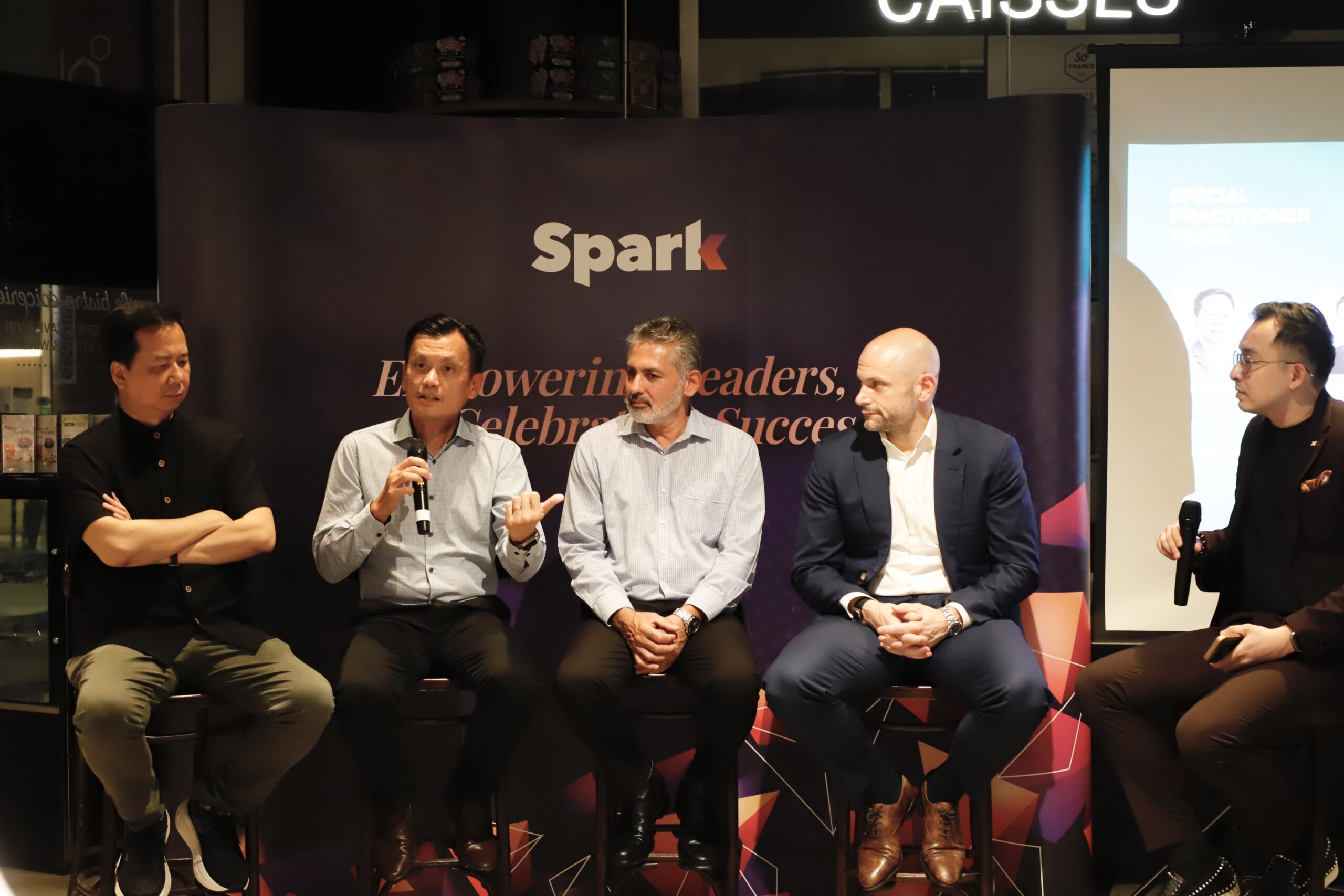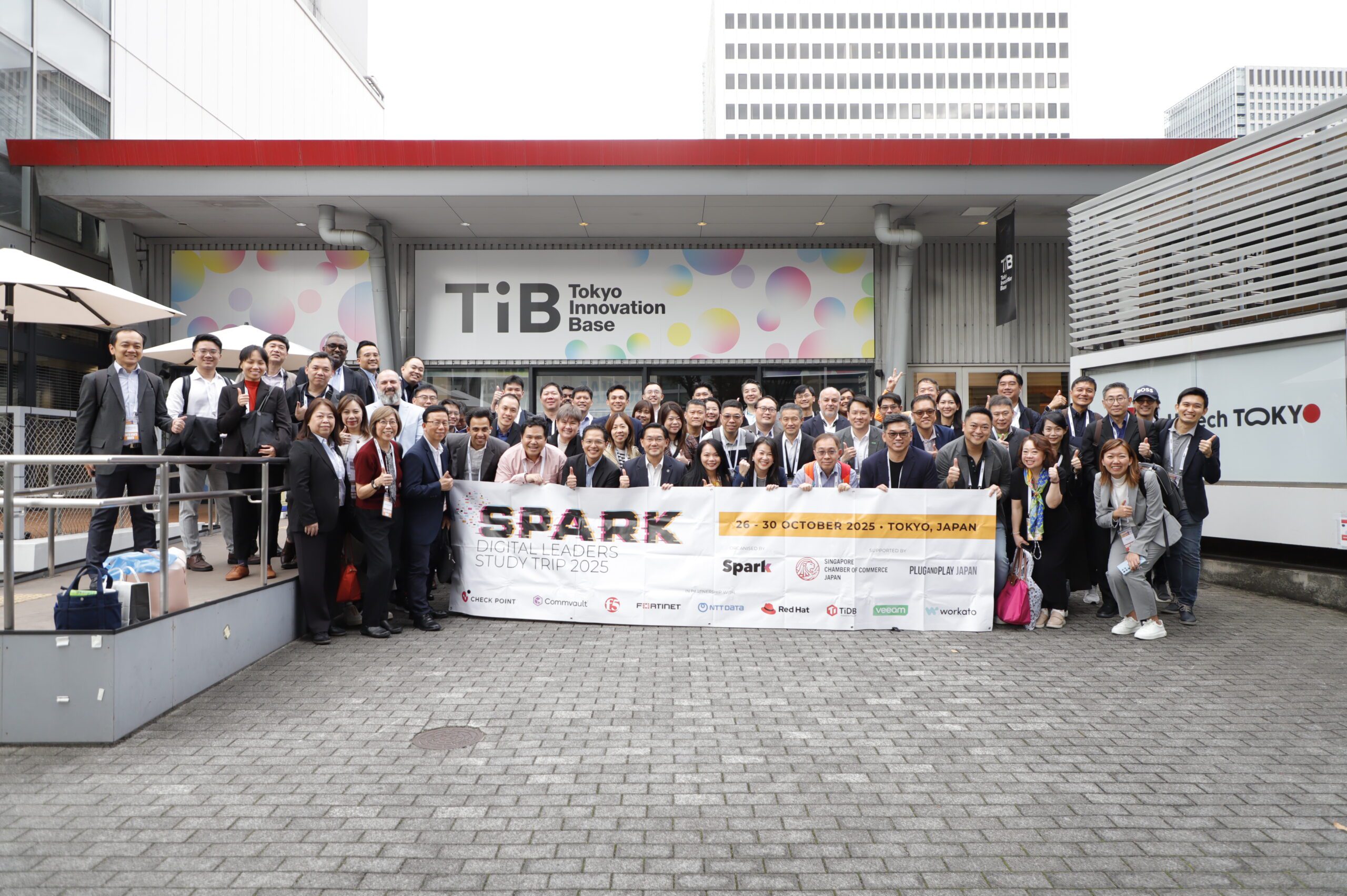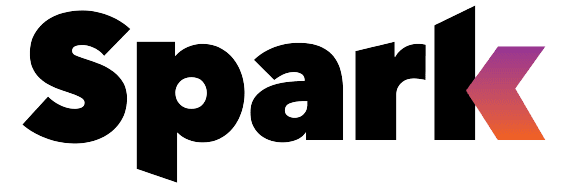IT Innovation Management Workshop for CIOs
A CIO Playbook for Innovation Frameworks
– 22 August 2017
Today, every organisation wants to be at the forefront of innovation. However, innovation remains an elusive aspiration for many, especially among the well-established organisations.
When it comes to CIOs, who are supposed to lead innovation in an organisation, the challenge takes a practical shape: They have visibility into all the processes, data and applications of their company, but they are also bogged down with the task of ‘keeping the lights on’ in the organisation. Most of them do not have the bandwidth and the right capabilities to drive innovation in their organisations.
What then can CIOs do to drive innovation in their companies? Is there a strategic approach to innovation, a playbook that they can refer to? To examine this challenging question in all its broader aspects, CIO Academy Asia (CIOAA) in association with NTT Communications organised an Executive CIO Workshop titled, “Building an Innovation Strategy for your Digital Enterprise—A CIO Playbook for Innovation Frameworks” on 22nd August in Singapore.
The workshop featured some very respected names in the area of strategic innovation: Prof. Arcot Desai Narasimhalu, Adjunct Professor, Lee Kong Chian School of Business, SMU and Managing Innovator of Simha Innovations; and Mr. Taku Morinobu Director of IoT Office, NTT Communications.
Navigating the Innovation Landscape
The workshop started with the chairman’s welcome address. In his address, P. Ramakrishna, Deputy CEO, CIO Academy Asia, talked about the innovation landscape to put all on the same page for the discussion. With the pace of technology changing at hyper speed, innovation becomes difficult for well-established companies, he argued. They are better executors than innovators! However, companies must survive in this VUCA world (volatile, uncertain, complex and ambiguous). Therefore, despite the challenges and limitations, CIOs have to drive innovation, take risk, encourage change in mindsets and continuously learn, he urged.
Connecting the Right Dots to Innovate
The first keynote was aptly titled, “Connecting the Right Dots – Maximising Innovation Value,” delivered by Prof. Narasimhalu.
In the first part of his keynote, he talked about understanding innovation. Innovation is often misunderstood. “Not everything that is creative can be considered innovative,” he said. “Having a solution to a problem is one aspect, it must also be affordable.”
When it comes to business innovations, technology only contributes 10% to innovation, he stated. The rest of the 90% is about business (Increased opportunities and increased expectation). “We have to note that as tech evolves, it has to keep up with the times,” he said. This means that business and technology innovation have to constantly feed into each other.
Prof. Narasimhalu made a very remarkable point regarding being a good CIO and being an innovative CIO: Good CIOs make no difference in a company’s long-term success. For example, between 1995 and 2016, only 12% of the Fortune companies survived in that category. This was despite the fact that many companies had good CIOs.
Only those companies that allowed to build an innovative culture have survived the list, he observed. “The most important aspect of building an innovative culture is establishing the right policies/programmes to promote innovation within the organisation,” he said. The other aspects of building an innovative culture include change awareness, empowered employees and committed leadership, among others.
There are many instances where the innovative product is not the main driver of the revenues, it may come from the services offered surrounding the product, he said.
The second part of his keynote focused on the dots themselves: these are (in terms of innovation) company, markets, trends and the government.
“The business value of IT is derived from increasing revenues, reducing costs and having the right talent to deliver,” he said. “The innovation strategy models must be adapted for the DNA of the organisation, and it can’t be a ‘one size fit all’ strategy”.
Part 3 of his keynote was about Connecting the Dots: be unique and leading, with a technology strategy that is aligned to the company’s vision.
He shared the Innovative CIO Office as a framework which is a good reference model for any organisation hoping to embark on the innovation journey.
As he came to the end of his keynote, he concluded: “As we ‘align the right dots’ for innovation, different organisations will have various degrees of outcomes but the key is in execution! Those who clearly understand, are fully committed to the cause coupled with the right timing of their execution, will have the most success!”
Driving innovation through IoT and Digital Transformation
The second keynote titled, “Driving innovation through IoT (Internet of Things) and Digital Transformation” was delivered by Mr. Morinobu. He first introduced the NTT group, which is one of the largest ICT companies, with $105 billion in revenues.
He discussed the direction of the company and its positioning as a business transformation partner to organisations through three pillars: Transform to hybrid cloud, accelerate digital transformation, and deliver disruptive innovations.
Emphasising adoption of IoT technology for driving innovation, he said that cost of all IoT components have been going down well in the past few years. This makes it easier for enterprises to introduce IoT system for their own business. However, integrating the components is the challenge on getting value out of IoT. This is where the value of supporting API comes in, which can connect companies with NTT’s secure, global and managed IoT Platform.
As examples, he highlighted many successful use cases where such IoT deployments have taken place. These include:
- Smart lighting in Indonesia –Outdoor smart lighting to save energy and enhance safety
- Using Artificial Intelligence (AI) for tracking individuals
- Predicting future of plants (such as chemical plants) using AI
- Keifuku Bus pilot—analysis of driver data and vehicle performance data to support safe fleet operation
Panel Discussion: Innovation is not a straight-line journey
This presentation by Mr. Morinobu was followed by a panel discussion moderated by Mr. P. Ramakrishna.
Speaking of innovation in the context of his industry, one of the panellists said that organisations need to ensure that the right information is going to the customers, and ensure that they are educated on the value of the product (innovation).
Mr. Morinobu said that customers want faster and faster innovation. However, when we innovate, our expectations are very high. That, according to him, is not the right approach. “It is enough to try and fail (to innovate),” he said.
“Innovation is not a straight-line journey,” said Prof. Narasimhalu. “You have to take so many approaches until you find the right solution.”
According to Prof. Narasimhalu, it’s very important to be fast in the innovation cycle. His advice is to go lean (lean entrepreneurship model), go to market quickly and test something whether it works or not. “If it does not work, come back and try something else,” he said.
The panellists also discussed the security aspect of innovation. Mr. Ramakrishna brought up a rather controversial topic by invoking the concept of ‘Security by design’.
The panellists agreed that security needs to be a part of the entire process, not just innovation. The aim of security is to understand risks and manage them. It was suggested that tech leaders and security companies will have to design security into the software and applications themselves.
“I am very concerned about IoT, because IoT means that there are more points where you can be attacked,” said Prof. Narasimhalu. However, walking the talk is important, when it comes to innovation by businesses, he added.
The other ideas shared around innovation were to engage with business people in the organisation while innovating and to make sure that successful ‘Proof of concepts’ before you take the innovation to the next level. The mantra of ‘fail fast, learn and try again’ should be inculcated as part of the culture.
Execution, timing, skills, data—All that matters in innovation
In the last segment of the workshop, the attendees were divided into 4 groups for roundtable discussions. The topics and the main conclusions of the discussions were as follows:
• Innovate to survive and succeed.
Prof. Arcot Desai Narasimhalu facilitated this group. The gist of the discussion was that execution, timing, and right skilling are important for innovation in an organisation. “Get the right people at the right time, and if you don’t have the right people in the company, hire them,” was the advice offered. Some models of collaboration with the academic institutions were also deemed important for innovation in organisations.
• Leveraging IoT as a key component of your ‘innovation engine’.
This discussion was facilitated by Taku Morinobu-san, NTTCom and Glen Francis, CIO Academy Asia. The participants emphasised leveraging data for innovation for IoT implementation. However, they identified two main challenges in deploying IoT: there were far too many standards out there that do not help in the quick execution of IoT; and Cyber security was a stumbling block in adopting IoT.
• As we innovate, cyber-resiliency must also be an organisation’s priority.
Alvin Yeo, NTT Security and P. Ramakrishna, CIO Academy Asia facilitated this discussion. The participants took the view that resilience falls into many areas when it comes to innovation related with technology such as availability, functionality, etc. Is it a priority? Absolutely, they agreed. They also found regulations and legacy environments as their main challenges. Some salient points which were discussed as follows:
- Cyber Resiliency is broad and covers attributes such as system availability, performance, security and
- How resilient an innovative system has to be depends on the solution it intends to It’s a balancing act.
- Successful commercial adoption of any technology based innovation depends on its
- Key challenges:
- Regulator E.g., It took several years for MAS to allow the usage of cloud; this inhibited the banking industry but the recent ‘API sandbox’ initiative by MAS to embrace the Fintech industry is a positive step to embrace innovation.
- Risk of Most organisations are limited by budget and P&L cycles, with very little room for failure or R&D. This risk of failure limits innovation.
- Resiliency depends not only on technology, but also support processes such as business continuity and incident
• Fostering a culture for innovation.
Mr. Christopher Tan, CIO Academy Asia facilitated this discussion. The main points that all agreed upon for fostering a culture of innovation were considered to be trust, a spirit of collaboration and right individuals at the right place. As necessity is the mother of invention, participants agreed that applying the right pressure at the business was crucial as innovation has to solve problems that a business was facing. Innovation culture and corporate culture are not separate; both are interrelated and should be seen as one. As far as ideas are concerned, all ideas are correct but it depends on the context for them to succeed or be accepted. The organisation’s culture should help you in being open to challenges and also be open to be challenged. As far as benefits from innovations are concerned, it is not a one way street, organisations have to share the IP benefits with the employees to motivate them.
With the sharing of the summary of roundtable discussions, the workshop came to an end. In conclusion, innovation should not be an elusive aspiration for many, it can be achieved by setting the right culture and adopting the right approach with appropriate frameworks and lessons learnt from other well-known organisations.
To find the PDF version of this report, please head over here.







